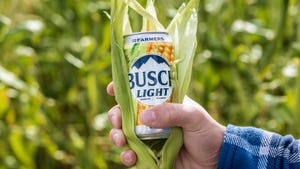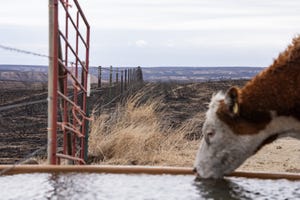Feedlot Capacity And Long-Term Profitability
I have been making a presentation to cattlemen over the last year, raising concern that as the size of the national cowherd continues to decrease, there may be more difficult financial times ahead for the cattle feeding industry.
March 16, 2011

I have been making a presentation to cattlemen over the last year raising concern that, as the size of the national cowherd continues to decrease, there may be more difficult financial times ahead for the cattle feeding industry. I have based those remarks on the assumption that there is an oversupply in feedlot capacity and competition will ultimately result in some of that capacity being removed because of financial difficulty by some feedlots. In an attempt to research this issue more, I have found that it is difficult to determine what the U.S. feedlot capacity actually is.
The U.S. Census of Agriculture for 2007 reported that total cattle on feed were 16.1 million head. The Jan. 1, 2008 USDA-NASS Cattle Inventory reported total cattle on feed of 14.8 million head; that number for Jan. 1, 2011 was 14 million head. Were feedlots 100% full in 2007 when the census was conducted? If not, what is the actual capacity? If we make the assumption that on Jan. 1, 2008 feedlots were at 90% capacity, then that would imply a total feedlot one-time capacity of 16.4 million head.
If we can agree that feedlot one-time capacity is probably over 16 million head, then what is the demand for cattle for a year? How many turns of cattle will feedlots make in a year? If the industry is moving toward heavier placement weights and therefore fewer days on feed, then what is the annual feeding capacity? If cattle are only fed for 120 days, then feedlots could feed three sets of cattle for a year. If the average number of days on feed were 150, then feedlots could feed about 2.4 sets of cattle. If the average was 180 days, then feedlots would be able to feed two sets of cattle each year.
To read the entire article, link here.
You May Also Like

.png?width=300&auto=webp&quality=80&disable=upscale)

